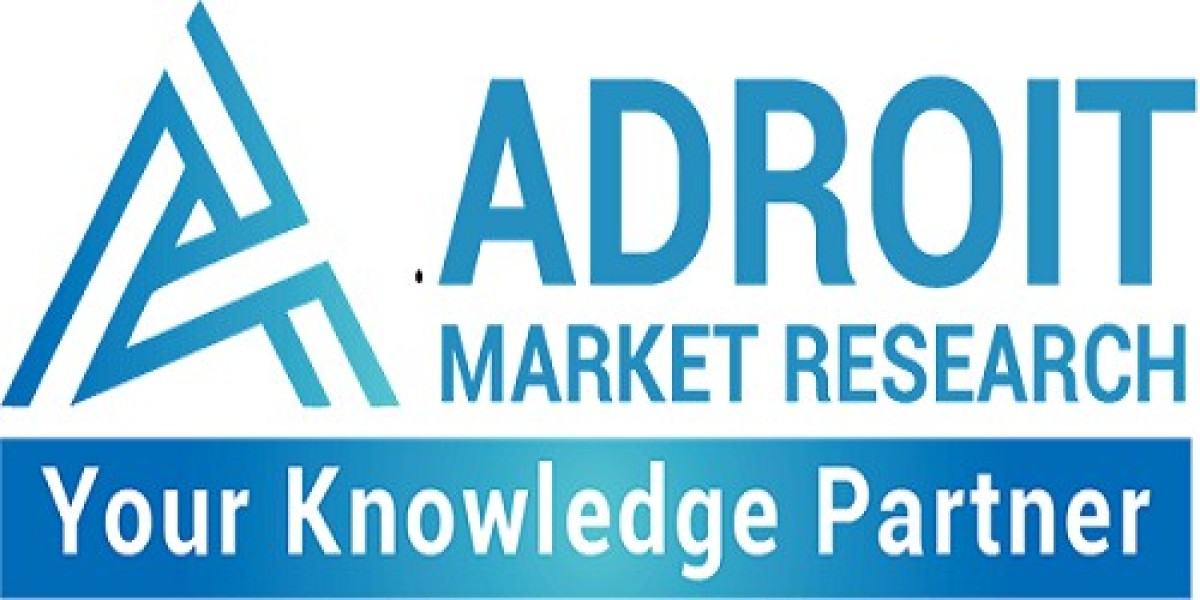Introduction
Platinum, esteemed for its scarcity and multifaceted industrial uses, holds a prominent position as an economic indicator and market trend gauge. Through the Chicago Mercantile Exchange (CME), investors gain access to platinum futures contracts, enabling speculation on forthcoming price fluctuations. The question arises: do these CME platinum futures genuinely offer foresight into impending market shifts? Exploring this inquiry reveals the intricate interplay between platinum prices and broader economic dynamics.
Understanding CME Platinum Futures
Understanding the nature of CME platinum futures is crucial before assessing their predictive capabilities. These financial instruments represent agreements to purchase or sell a set quantity of platinum at a predetermined price on a future date. Traded electronically on the CME Globex platform, these contracts facilitate speculation on platinum price movements without requiring physical possession of the metal. Investors engage in these futures contracts to capitalize on anticipated price changes, leveraging the flexibility and liquidity provided by the electronic trading environment. By participating in CME platinum futures, traders can gain exposure to platinum prices while mitigating risks associated with physical ownership and storage. This accessibility and ease of trading make CME platinum futures an attractive option for both institutional and individual investors seeking to diversify their portfolios or hedge against market volatility.
Historical Performance Analysis
Examining the historical performance of CME platinum futures provides valuable insights into their predictive power and their role as indicators of market shifts. By analyzing past price movements and their correlations with subsequent economic trends, we can better understand the forecasting capabilities of these futures contracts.
Correlation with Economic Indicators
CME platinum futures often demonstrate strong correlations with key economic indicators, serving as barometers of economic health and activity. Factors such as manufacturing activity, automobile production, and jewelry demand significantly influence platinum prices. During periods of economic expansion, when manufacturing and industrial activity thrive, there is typically an increased demand for platinum in various sectors. Manufacturers utilize platinum in catalytic converters for automobiles, while the jewelry industry relies on it for crafting exquisite pieces. As economic activity rises, so does the demand for platinum, leading to upward pressure on prices.
Hedging and Risk Management
Market participants, ranging from miners to manufacturers and investors, utilize CME platinum futures as essential tools for hedging against price volatility and managing risk exposure. These futures contracts enable businesses to lock in future prices for platinum, providing them with a degree of certainty in an otherwise unpredictable market environment. For example, mining companies may enter into futures contracts to secure selling prices for their platinum production, safeguarding their revenues against potential price declines. Similarly, manufacturers that rely on platinum as a raw material can use futures contracts to hedge against price fluctuations, ensuring stable production costs. Even investors, both institutional and individual, utilize platinum futures to hedge against portfolio risks or speculate on future price movements.
Market Sentiment and Speculation
Beyond fundamental analysis, market sentiment and speculative activity play crucial roles in shaping platinum futures prices. Sentiment indicators, such as open interest and trading volumes, provide insights into investor sentiment and market dynamics.
Risk Appetite and Investor Behavior
During times of uncertainty or geopolitical tension, investors may flock to precious metals like platinum as safe-haven assets, driving up demand and prices. Conversely, periods of economic optimism and risk-on sentiment may see reduced interest in platinum futures, as investors favor higher-yielding assets.
Technological Advancements and Market Integration
Technological advancements and market integration have ushered in a new era in global financial markets, profoundly impacting the dynamics of platinum futures trading. In today's interconnected landscape, the convergence of cutting-edge technology and seamless market connectivity has revolutionized how investors perceive and interact with platinum futures contracts.
At the forefront of this transformation are real-time data analytics, which provide traders with unparalleled insights into market trends and price movements. Through sophisticated algorithms and advanced data processing techniques, market participants can harness vast datasets to identify patterns, correlations, and trading opportunities in platinum futures markets. By analyzing a myriad of factors, including supply-demand dynamics, macroeconomic indicators, and geopolitical events, traders can make informed decisions with greater precision and speed.
Algorithmic trading strategies have emerged as a cornerstone of modern trading practices, leveraging the power of automation and artificial intelligence to execute trades with unparalleled efficiency and accuracy. High-frequency trading (HFT) algorithms, in particular, have gained prominence for their ability to capitalize on fleeting price differentials and market inefficiencies in platinum futures markets. By executing trades at lightning speed, often within microseconds, HFT algorithms exploit arbitrage opportunities and contribute to market liquidity, driving price discovery and volatility.
These algorithmic trading strategies operate on the premise of speed and agility, enabling market participants to react swiftly to changing market conditions and capitalize on fleeting opportunities. By employing complex algorithms and proprietary trading models, algorithmic traders seek to outperform traditional market participants and gain a competitive edge in platinum futures trading.
Cross-market arbitrage opportunities have also become increasingly prevalent in today's interconnected financial landscape, facilitated by technological advancements and enhanced market integration. By simultaneously trading related assets across different markets, arbitrageurs exploit price differentials and inefficiencies to generate profits with minimal risk. In the context of platinum futures trading, cross-market arbitrage strategies involve capitalizing on price divergences between platinum futures contracts and related assets, such as spot platinum prices or other precious metals futures.
The proliferation of algorithmic trading and cross-market arbitrage has reshaped the platinum futures market, influencing price discovery, liquidity, and volatility dynamics. While these technological advancements offer unprecedented opportunities for profit and market efficiency, they also pose challenges in terms of market stability and regulatory oversight. As algorithmic trading strategies become increasingly sophisticated and pervasive, regulators must adapt to ensure fair and orderly markets while balancing innovation and risk management.
Conclusion
While CME platinum futures offer valuable insights into supply-demand dynamics and market sentiment, their predictive power should be interpreted with caution. External factors, including geopolitical events, macroeconomic trends, and technological innovations, can exert significant influence on platinum prices, adding layers of complexity to forecasting efforts.
FAQs
1. How do CME platinum futures differ from physical platinum investments?
CME platinum futures allow investors to speculate on platinum prices without owning the physical metal. Instead, they enter into contracts to buy or sell platinum at a future date and price, offering flexibility and leverage.
2. Can CME platinum futures be used for long-term investment strategies?
While some investors may use platinum futures for speculative purposes, they are primarily designed for short to medium-term trading due to their expiration dates and rollover requirements.
3. Are CME platinum futures impacted by geopolitical events?
Yes, geopolitical events can influence platinum futures prices by affecting supply chains, investor sentiment, and risk perceptions. Events like trade disputes, sanctions, and geopolitical tensions can lead to heightened volatility in the platinum market.
4. How do market participants use CME platinum futures for risk management?
Market participants, including miners, manufacturers, and investors, utilize CME platinum futures to hedge against price volatility and manage exposure to fluctuations in platinum prices. By locking in future prices, they can mitigate the impact of adverse market movements.
5. Are CME platinum futures suitable for novice traders?
While CME platinum futures offer opportunities for profit, they also involve inherent risks, including price volatility and leverage. Novice traders should thoroughly educate themselves about futures trading and risk management strategies before engaging in platinum futures markets.
To Get Real-Time Price of Platinum Visit: https://pricevision.ai
Source: https://diigo.com/0w8t0p



